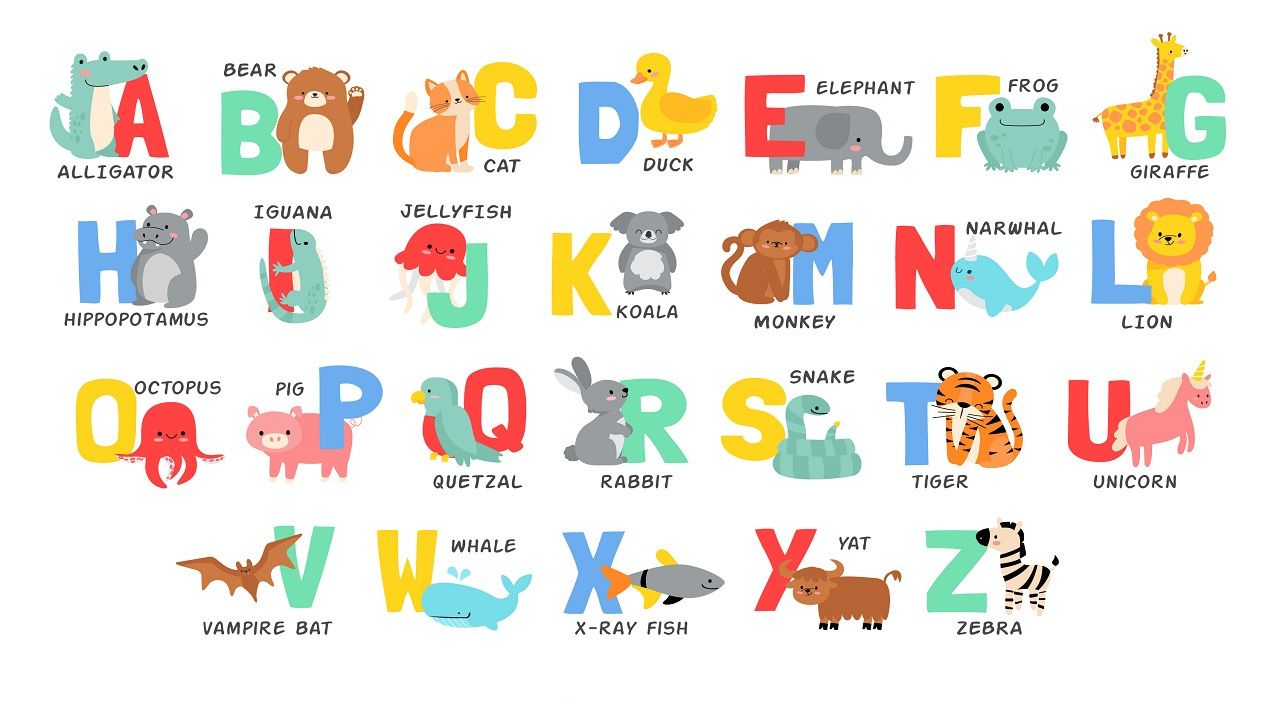In the realm of linguistics and communication, the alphabet stands as a fundamental system that underpins written language. Central to the alphabet is the concept of letter count, which varies across different languages and scripts.
This article delves into the intriguing question: how many letters are there in the alphabet? Through an exploration of historical evolution, cultural influences, and the innovative concept of Grow Inn Steps, we seek to unravel the complexities of alphabet structures and their impact on language and communication. Join us on this journey as we uncover the significance of letter count in alphabets worldwide and examine the factors shaping their development.
1. Introduction to the Alphabet and Letter Count
Exploring the Origin and Importance of Alphabets
From the Phoenician script to emojis, alphabets have come a long way in shaping how we communicate. But where did they come from, and why do they matter so much?
Defining Letter Count and its Significance
Letter count: it’s not just about scrabble scores. The number of letters in an alphabet can reveal a lot about a language’s complexity and history. Let’s dive into why counting letters isn’t just for counting sheep!
2. Historical Evolution of the Alphabet
Development of Ancient Alphabets
Ancient alphabets didn’t just fall out of the sky – they evolved over centuries. From hieroglyphics to runes, let’s trace the fascinating journey of how alphabets came to be.
Impact of Cultural Influences on Alphabet Evolution
Alphabets didn’t just evolve in a vacuum. Cultural influences shaped them in unique ways, giving us a glimpse into the societies that created them. Let’s explore how culture left its mark on the alphabets we use today.
3. Understanding the Number of Letters in Different Alphabets
Comparison of Major Alphabets Worldwide
Ever wondered how many letters are in the Russian alphabet compared to Arabic? Let’s break down the letter counts of major alphabets worldwide and see how they stack up against each other. Spoiler alert: it’s not just A to Z everywhere!
Variances in Letter Counts Across Different Languages
Languages aren’t one-size-fits-all, and neither are their alphabets. Discover why some languages have more letters than others, and how these variances reflect the unique sounds and structures of different languages. Get ready for a linguistic rollercoaster!
4. Exploring the Concept of Grow Inn Steps
Explanation of Grow Inn Steps and its Application in Alphabet Analysis
What do growth spurts and alphabets have in common? how the alphabet has grown and changed over time. Get ready to step into the fascinating world of alphabet evolution!
Interpreting Alphabet Growth Patterns
Alphabets have a life of their own, with growth patterns that tell stories of innovation, adaptation, and cultural exchange. Join us as we decipher the hidden messages behind alphabet growth patterns and uncover the secrets they hold about our linguistic past. Get ready to decode the DNA of the written word!
5. Factors Influencing Alphabet Letter Count
Societal, Linguistic, and Historical Influences on Alphabet Design
The number of letters in an alphabet can be influenced by a variety of factors, including societal norms, linguistic requirements, and historical developments. These influences shape the design and structure of alphabets across different cultures and time periods.
Technological Advancements Impacting Alphabet Evolution
Advancements in technology have played a significant role in the evolution of alphabets. From the invention of writing systems to the digital age, technology has influenced how alphabets are designed and used, leading to changes in letter counts and shapes.
6. Implications of Alphabet Letter Count in Language and Communication
Effect on Language Structure and Complexity
The number of letters in an alphabet can impact the structure and complexity of a language. Differences in letter counts can affect how words are formed, pronounced, and understood, highlighting the importance of alphabet design in language development.
Role of Letter Count in Reading and Writing Proficiency
The letter count of an alphabet can also influence reading and writing proficiency. Languages with simpler alphabets may be easier to learn and master, while those with more complex letter systems can present challenges for learners. Understanding this relationship is crucial in promoting literacy and communication skills.
7. Innovations and Changes in Alphabet Structures
Modern Adaptations and Simplifications in Alphabet Design
In response to changing needs and preferences, modern adaptations and simplifications in alphabet design have emerged. These innovations aim to enhance readability, usability, and accessibility, reflecting the evolving nature of written communication.
Emerging Trends in Alphabet Development
Alphabet development continues to evolve, with emerging trends shaping the future of written language. From experimental designs to inclusive practices, the exploration of new possibilities in alphabet structure opens doors to creativity and innovation.
8. Conclusion and Future Perspectives
Summarizing Key Findings on Alphabet Letter Counts
The study of alphabet letter counts reveals a rich tapestry of influences, implications, and innovations that shape written communication. Understanding these key findings provides valuable insights into the dynamic nature of alphabets and their role in language evolution.
Exploring Potential Directions for Alphabet Evolution
As we look to the future, the evolution of alphabet holds endless possibilities for transformation and growth. Exploring potential directions, from digital integration to cultural adaptations, can pave the way for a more diverse, inclusive, and dynamic landscape of written language.
As we conclude our exploration into the realm of alphabets and their letter counts, it becomes evident that these linguistic systems are not static entities but dynamic entities that evolve over time. From ancient scripts to modern adaptations, the alphabet continues to shape the way we communicate and express ourselves through written language.
By understanding the nuances of alphabet structures and their letter counts, we gain a deeper appreciation for the intricate tapestry of human language and the ever-evolving nature of communication. As we look to the future, let us embrace the diversity and richness of alphabets worldwide, and continue to marvel at the wonders of language that unite us all.
Get more info: https://www.growinnsteps.com/pre-school/
